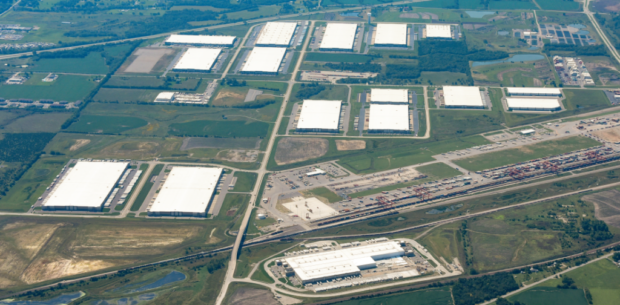HOME | ABOUT US | MEDIA KIT | CONTACT US | INQUIRE
HOME | ABOUT US | MEDIA KIT | CONTACT US | INQUIRE
Diverse geographies, economies create a mosaic of thriving statewide commerce.

There is no single lifestyle that is ‘typically Kansan.’ The state boasts an array of living options, from big-city bustle to small-town charm, from the campuses of research universities to family farms; Kansas has it all.
That diversity makes it impossible to provide simple definitions for life in Kansas, as its prime locations demonstrate.
But let’s start with Johnson County, the most populous in Kansas. It is one of the top counties in the country in terms of per capita income and education. Its buying power generates a local economy that is difficult to underestimate. One metric that describes its impact: the county is responsible for just under 30 percent of the entire state’s GDP—more than $48 billion. The 104 other counties—combined—throw off $114 billion in GDP.
Major areas here include older northeast Johnson County and expanding quadrants south and west. Southern Johnson County contains a broad band of upper-bracket residential, retail, and even commercial development. In the west, development is active along and west of I-435, especially near the K-10 Highway “Smart Corridor” geared to attract businesses in the bioscience and life science industries.
Along that same corridor, though, a massive infusion of development capital was announced in 2022 when Panasonic Energy designated De Soto as the home for a $4 billion electric-vehicle battery plant, set to open in 2025.
What’s dramatic about this region is the number of other hotspots. Wyandotte County is increasingly moving toward a position as one of the economic leaders in the region. The Kansas Speedway and surrounding development in the western part of the county are the key factors. Located near the strategic interchange of I-70 and I-435, the Speedway brings hundreds of thousands of visitors each year to Indy car and NASCAR racing.
The location has served as a catalyst for the creation of Village West, a retail and entertainment destination that almost immediately became a draw for visitors from four states, with major retail outlets and the 700,000-square-foot Legends Outlets shopping center.
Yet that’s not all. From Lawrence to Leavenworth, this region contains several other major thriving areas, as well as numerous smaller areas that attract their share of residential and commercial growth because of advantages such as affordability and quality of life.
Lawrence has grown from a college town to a virtual extension of the Kansas City metropolitan area over the past generation and now rivals the larger Johnson County communities of Overland Park and Olathe as a magnet for entertainment, dining, and shopping. The campus of the University of Kansas provides residents of Lawrence with additional cultural amenities—museums, artistic venues for theater and dance, and musical options.
South-central Kansas is dominated by Wichita, both economically and culturally. The city’s longstanding history of entrepreneurial development, going back nearly a century with the advent of commercial aviation, has helped make it the logical choice for rural Kansans looking for more urban lifestyles without the negatives often associated with the nation’s largest metropolitan areas.
Retail trade in Wichita has long revolved around the commercial nodes that straddle the community. But the bustling growth of the Rock Road corridor on the east side of town, as well as Maize Road to the west, has formed retail and entertainment spines that reach the northern fringes of the community.
Topeka, the government seat of the state, has all the benefits of a community of 126,000-plus residents and the added advantage of being just an hour from Downtown Kansas City and only minutes from Lawrence to the east.
Downtown Topeka, an area undergoing a noticeable if not prolonged renewal, contains an unusually high number of galleries, along with the city’s outstanding range of fine and performing arts offerings. The latter include events at the Topeka Performing Arts Center, the Civic Theatre and Academy, and the Symphony Orchestra.
And across the state, communities fortunate enough to have a university presence through the Regents system—Salina, Pittsburg, Emporia, and Hays—also enjoy artistic, entertainment, and retail options envied by many cities of similar size.
The availability of higher-paying university jobs also primes the pumps for those local economies, which in turn contributes to wage structures that, combined with the remarkable quality of life, help provide the population stability missing in many parts of small-town America.